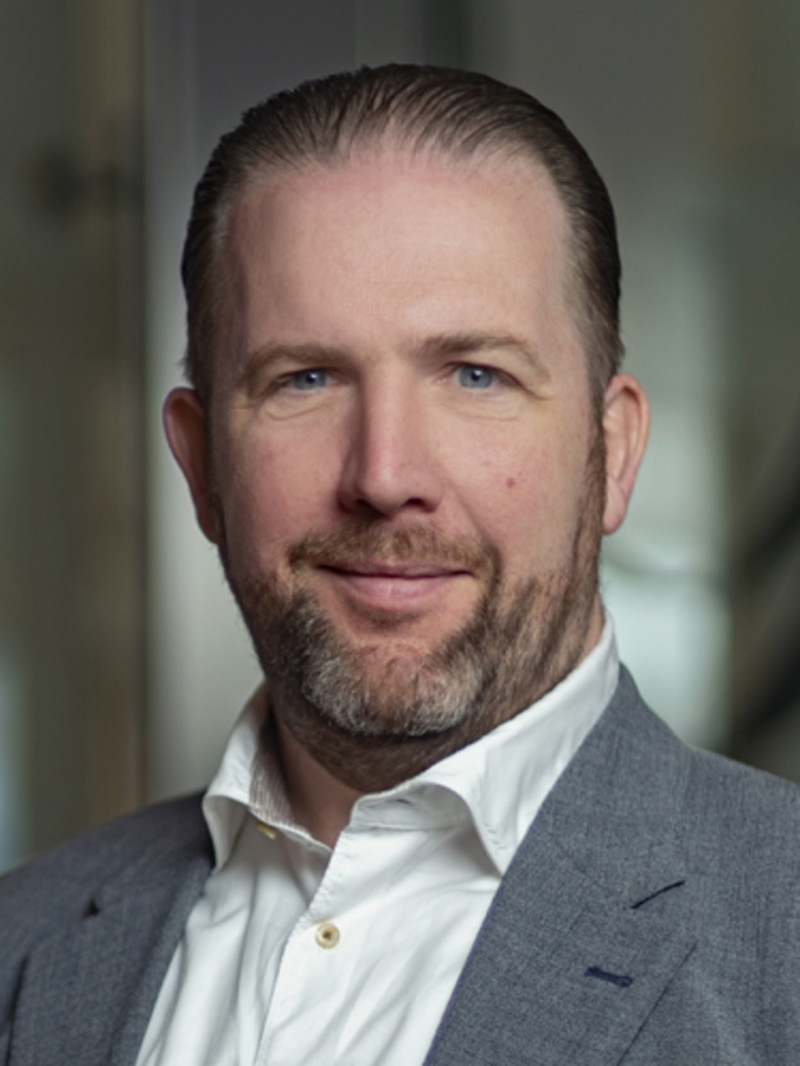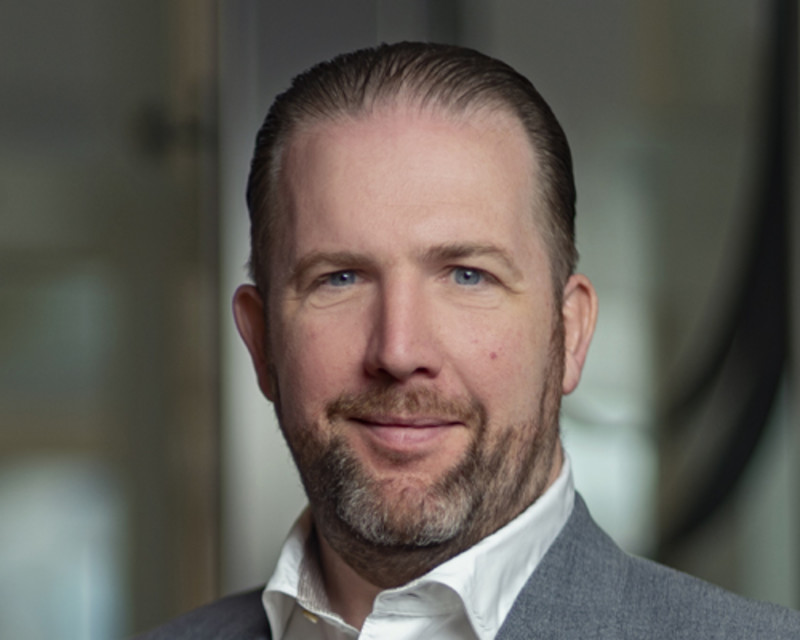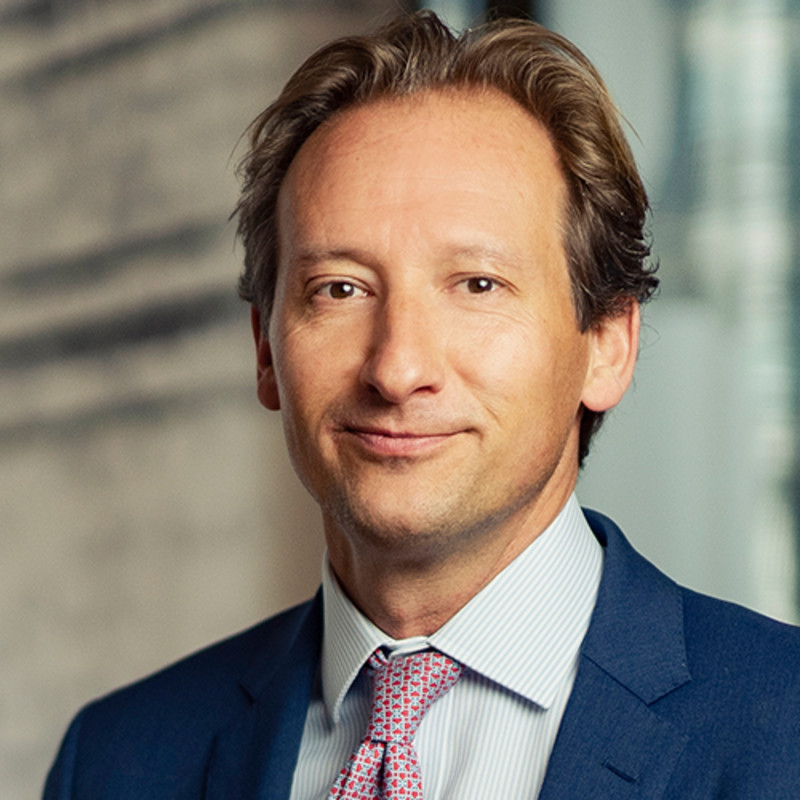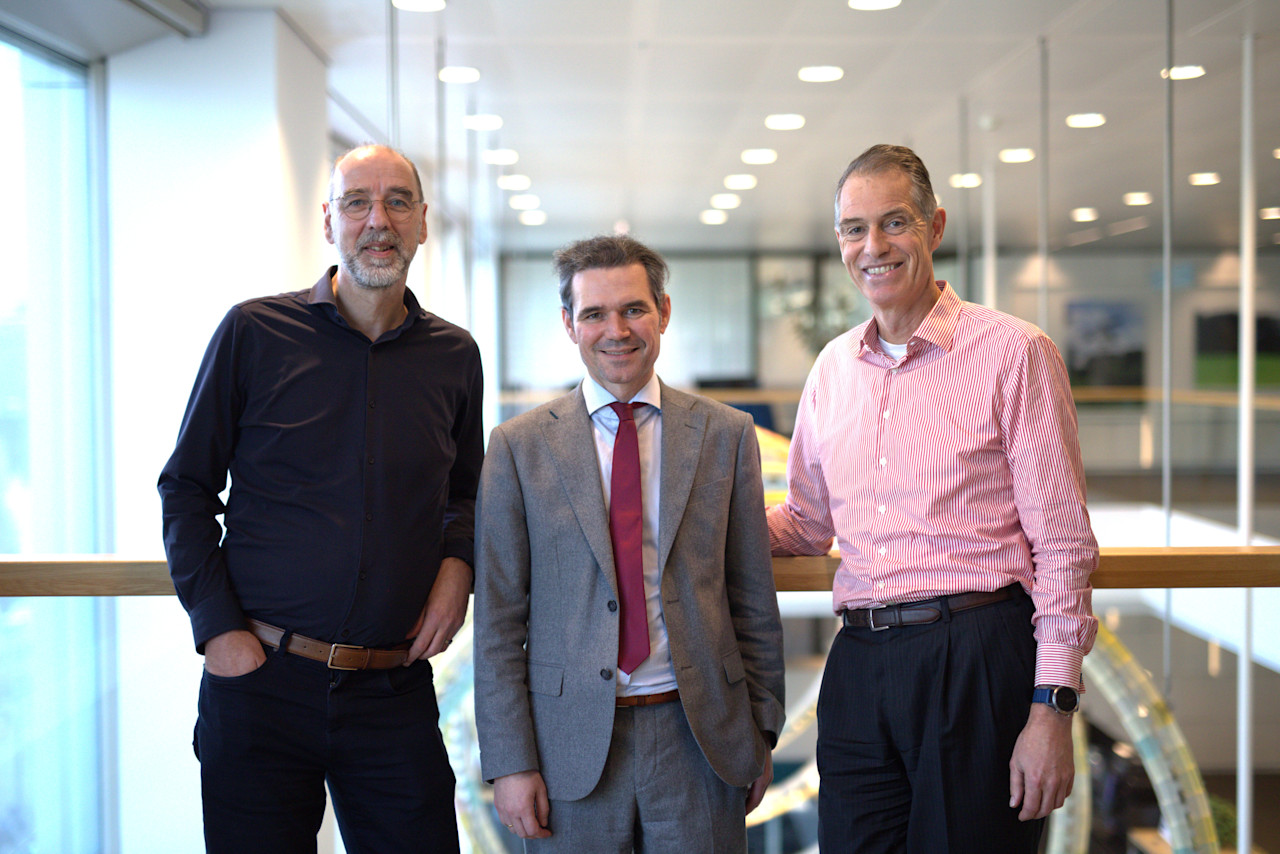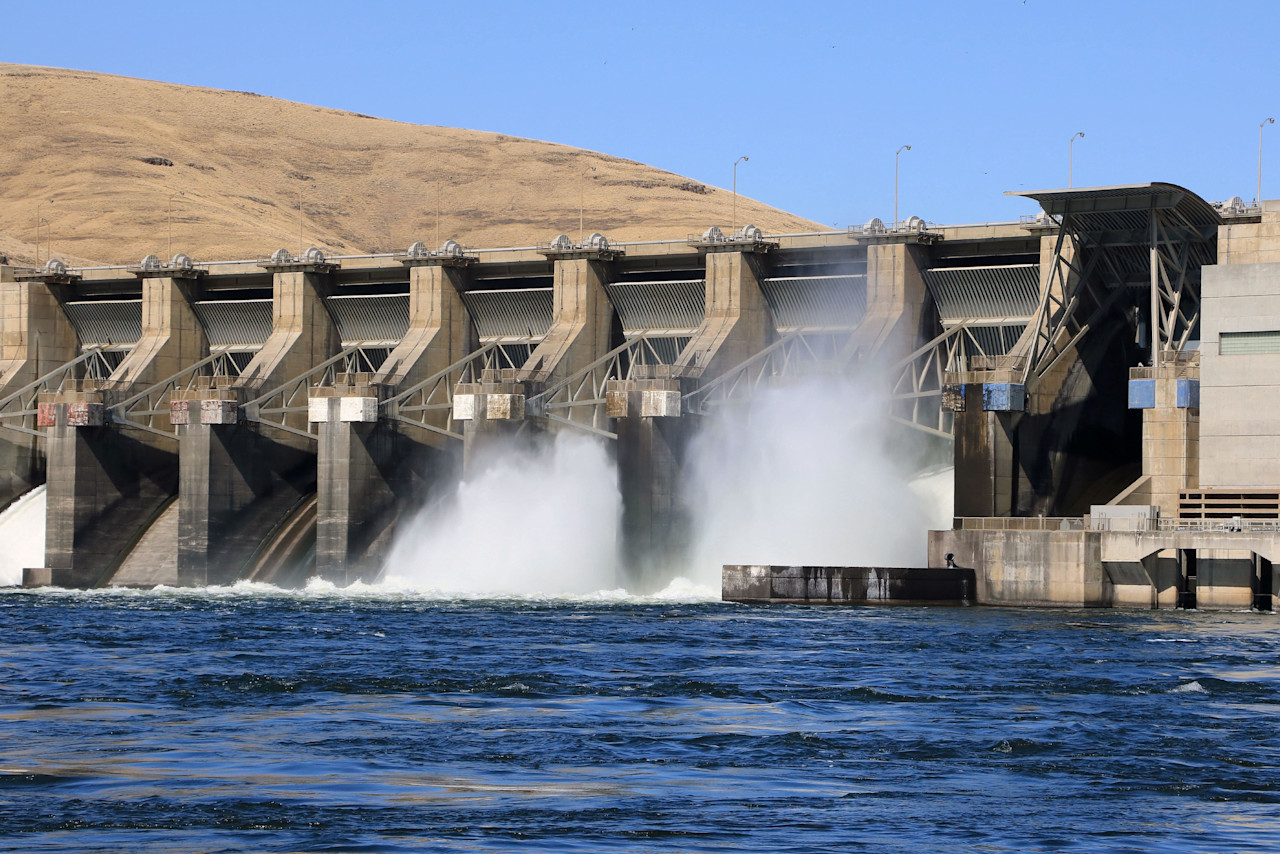

Nordic asset allocators talk themes, tactics, and new SI realities
The last few years have left investment managers with a lot to digest – real wars, trade wars, a ramp-up in AI and defense spending, and a general retreat from sustainability commitments.
Against this backdrop, an interactive roundtable of CIOs and key asset allocators representing EUR 768 billion in assets discussed the importance of sustainability and themes in portfolio construction.
Summary
- Thematic investing remains critical for strategic allocations
- Active management preferred over passive ETFs
- Sustainability still significant but is being reshaped by realities
Controversial leadership and uncertainty surrounding US growth have caused many investors to flee US assets in search of alternatives elsewhere. However, the dramatic flip hasn’t dampened Nordic investor appetite for thematic equities.
Jani Stenius, CIO of Asset Allocation for OP Financial Group1, remains bullish on themes – precisely because of and not in spite of their US exposure. In his view, European asset managers exhibit a strong home bias which themes help offset through their tilt toward quality growth, much of which is in the US. While US dollar weakness presents headwinds, he notes their impact can be mitigated via tactical tools. He also discourages managers from making large downward adjustments to thematic or equity allocations in general, especially if their portfolios already deviate significantly from global benchmarks.
The quality-growth exposure has served to sweeten the appeal of broad themes for consideration into core allocations. However, Nordic investors still view them as too narrow for core but well suited as satellite investments. Anders Bertramsen, Head of Manager Selection at Nordea2, says having a diverse menu of themes is essential for all advisory discussions to act as a complement to core positions in the advisory universe.
Nothing ventured, nothing gained
An inherently narrow focus and tilt toward thematic purity has locked some of Robeco’s themes out of recent equity rallies, resulting in lower relative performance and altered tracking errors.
While our experts saw investor scrutiny as somewhat overblown, Jani Stenius cautioned that it depends on the theme’s placement in the broader portfolio.
“If themes are used for sector or regional allocations, which are naturally narrower, then risk tolerance is lower and tracking error is judged more severely against the peer group or the sector benchmark. If it’s in a global section of the portfolio where the outlook is long-term, risk tolerance is much higher because performance dispersion can be smoothed by low volatility core investments.”
Still, risk without reward is also a no-go, says Gabriel Wetter, who manages research and market analysis for Sweden’s Länsförsäkringar.3
“Thematic managers are expected to perform positively over time even against a broader benchmark like the MSCI World; they should be portfolio-enhancing. Otherwise, why should a client add it to their portfolio?”
Anders Bertramsen of Nordea adds that the MSCI isn’t really a relevant benchmark for narrow themes, such as water, which is why Nordea often measures managers against their Morningstar peer group.
All agreed that well-constructed themes and skilled managers always find a way to deliver alpha4 growth, even with tracking error or sustainability constraints.
Preference for active management
Thematic ETFs are proliferating widely but all share a preference for active over passive management.
“We prefer teams with long track records and a deep bench of thematic knowledge, research analysts and investment resources” explains Gabriel Wetter, adding that an active manager’s high conviction and long-term thinking instills confidence and credibility. ETFs may be quicker to build and faster to launch but they are generally untested. According to Jani Stenius, “trend spotting is the easy part especially when it’s hyped up and simple. Constructing an enduring theme that translates to alpha is less straightforward. It requires industry-specific knowledge but also more generalized macro experience as well as bottom-up stock selection skills.”
Concentration, volatility and liquidity risk also make the group wary of ETFs. Stenius emphasized the risk associated with sizable capital outlays of large institutions: “We need to be certain we can make moves quickly without disruptions.”
Wetter added that small, immature passive strategies not only have unpredictable life cycles and uncertain longevity but are also incapable of smoothing the impact of large transactional flows.
Get the latest insights
Subscribe to our newsletter for investment updates and expert analysis.
Simple stories sell
There was universal agreement that storytelling gives themes a powerful advantage. “There’s a wide spectrum of themes that vary in complexity, but the best themes are naturally intuitive,” says Anders Bertramsen.
“Thematics has always been a critical part of our advisory solutions discussions and platforms precisely because they are easily grasped by the majority of advisors and their end clients. I think most people can link an industrial metal producer to tanks and European defense themes.”
In fact, ease of understanding goes a long way. Stenius says that in the Finnish market, easy-to-understand strategies not only attract more flows but also more patience from investors when it comes to performance. Bertramsen agrees:
“When the story is simple, it’s easier for investors to understand how it fits within their portfolio not only in terms of returns, but also with respect to objectives such as risk diversification, sustainability and positive impact.”
That goes for top-down allocators at the institutional level, fund advisors and retail investors alike. Bertramsen gave artificial intelligence as an example of how allocators need to consider the tradeoffs of playing it separately as a stand-alone theme, especially when there is already AI-driven beta5 in tech sector stocks in the portfolio.
“Themes that can easily explain and differentiate their exposure or other benefits to clients will have an obvious edge.”
Simple, but not too simple
Ralf Oberbannscheidt, Head of Thematic Investing at Robeco points out that while easy storytelling has advantages they can also backfire.
“In practice simple themes often rise to bipolarism – periods of extreme highs when a theme is hyped, which are followed by extreme lows when hype fades.”
In contrast, he says Robeco has built a diverse suite of thematic strategies that have evolved in order to capture growth across diverse market cycles:
“That kind of evolution naturally adds some complexity to the narrative but it also brings the depth, diversity and resilience needed for a theme to have staying power and deliver long-term performance. We aren’t changing our processes to chase the next headline. We aren’t in the business of offering short-term, one-trick ponies that characterize many of the passive ETFs on offer from many asset managers.”
He emphasizes that a hallmark of Robeco’s themes is that they are ‘problem-led’ –focusing on discovering innovations and solutions that address chronic challenges that cut across regions and sectors – for example, clean water supplies, reducing waste and circular solutions.
He notes: “a key lesson we’ve learned is patience and consistency through market noise and disruption. But that doesn’t mean we ‘set and forget’ once we’ve identified a good theme. We continuously monitor them internally and engage with our clients to ensure their ongoing relevance. The dialogue created around it can be instructive for both sides as we advance in the investment journey.”
Problems don’t pause for politics
After decades of advances, sustainability-focused themes have lost some momentum – the victim of rising waves of anti-ESG sentiment, pressing geopolitical concerns, and several years of underperformance.
Despite this, the panel affirmed their organization’s commitment to sustainable investing and net-zero goals, while acknowledging lower flows and investor interest. Wetter notes that Länsförsäkringar sustainability research had even more dedicated resources than its manager selection team and that it offers clients a wide selection of sustainable Article 8 and 9 products. This aligns with Robeco’s annual Global Climate Investing Survey, which shows most European and Asian investors are delaying their transition plans, not cancelling them.
Richard Speetjens, Robeco’s Co-Head of Thematic Investing said sustainable investing will once again gain the interest of mainstream investors because “serious problems must ultimately be addressed. They don’t go away just because they are neglected or ignored.” He says climate change and resource scarcity, aging populations and social inequalities will continue to evolve and intensify, making them as important for business growth as improving productivity and expanding market share.
Pragmatism over purity
Panelists agreed that sustainable investing was essential to confronting these issues even as it undergoes evolution of its own. It’s shifting from a purist’s pursuit of ideals toward a liberal pragmatism that recognizes the benefits and tries to reconcile with realities on the ground.
For example, electricity demand is rising as we shift from combustion engines to electric motors. That’s changed the perception of Swedish investors on nuclear power which they now see as an interim ‘emission-free’ solution that keeps us on the path to 100% renewables.
Similarly, the war in Ukraine has underscored Europe and Scandinavia’s vulnerabilities given their close proximity to hostile neighbors. This helps explain why public concern for safety and security have displaced sustainability of late. The panel cited both Denmark and Finland as examples of where government spending and pension fund allocations to defense stocks have witnessed a recent reversal.
Blue hydrogen and natural gas also illustrate industries that were once at odds and off-limits to many sustainable funds, yet now are being embraced as ‘transition’ solutions. The description emphasizes their role in generating beneficial effects that help overcome impasses and ultimately advance business and society toward net-zero goals.
For Nordic investors, it’s clear that while sustainable investing is being reshaped by reality, that doesn’t mean it’s diluting its power. In fact, it emerges more relevant, more resilient and more forward-looking than ever before.
Footnotes
1OP Financial Group. With over 2.1 million customer-owners and over EUR 111 billion in assets under management as of 31 December 2024, it is one of Finland’s largest financial companies, offering commercial banking as well as insurance services.
2Nordea is the leading financial services group in the Nordics and the preferred choice for millions across the region. For 200 years, the company has proudly served as a trusted financial partner for individuals, families and businesses. As of 31 December 2024, Nordea Asset & Wealth Management (AWM) was responsible for EUR 422 billion in total assets.
3Länsförsäkringar is a Swedish financial institution offering a full range of services to individuals and commercial customers. As of 31 December 2024, assets under management in its unit-linked and life investment portfolios totalled EUR 33.6 billion.
4Alpha refers to the excess return of an investment relative to a benchmark index and is a measure of performance.
5Beta here refers to investment returns from general market movements. It is in contrast to alpha which stems from active managers’ selectively picking stocks in order to outperform the market.
Important information
The contents of this document have not been reviewed by the Securities and Futures Commission ("SFC") in Hong Kong. If you are in any doubt about any of the contents of this document, you should obtain independent professional advice. This document has been distributed by Robeco Hong Kong Limited (‘Robeco’). Robeco is regulated by the SFC in Hong Kong. This document has been prepared on a confidential basis solely for the recipient and is for information purposes only. Any reproduction or distribution of this documentation, in whole or in part, or the disclosure of its contents, without the prior written consent of Robeco, is prohibited. By accepting this documentation, the recipient agrees to the foregoing This document is intended to provide the reader with information on Robeco’s specific capabilities, but does not constitute a recommendation to buy or sell certain securities or investment products. Investment decisions should only be based on the relevant prospectus and on thorough financial, fiscal and legal advice. Please refer to the relevant offering documents for details including the risk factors before making any investment decisions. The contents of this document are based upon sources of information believed to be reliable. This document is not intended for distribution to or use by any person or entity in any jurisdiction or country where such distribution or use would be contrary to local law or regulation. Investment Involves risks. Historical returns are provided for illustrative purposes only and do not necessarily reflect Robeco’s expectations for the future. The value of your investments may fluctuate. Past performance is no indication of current or future performance.





